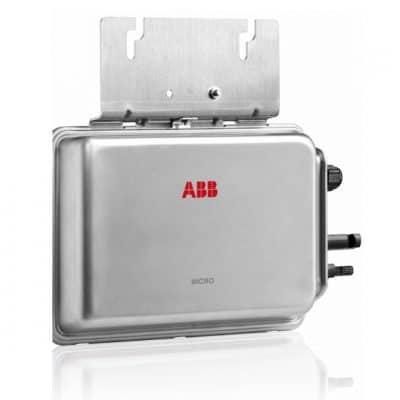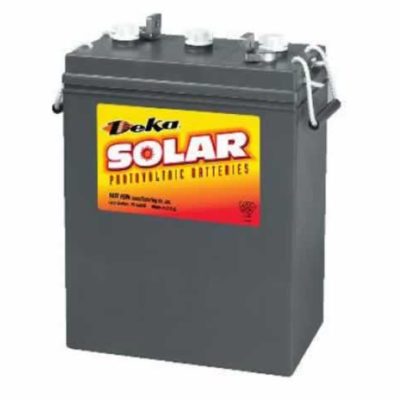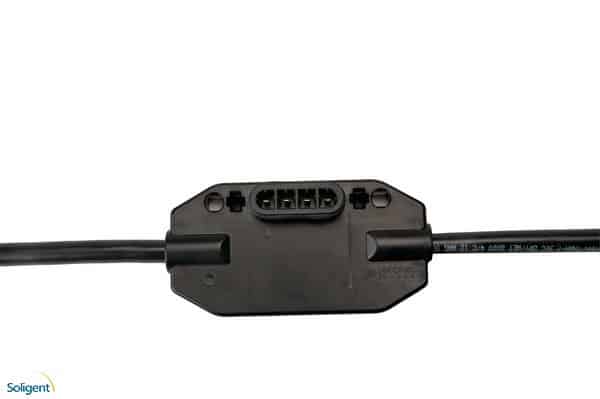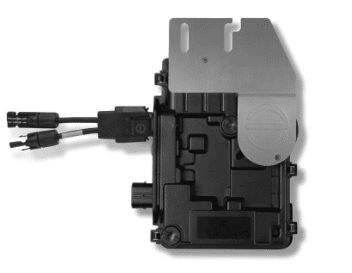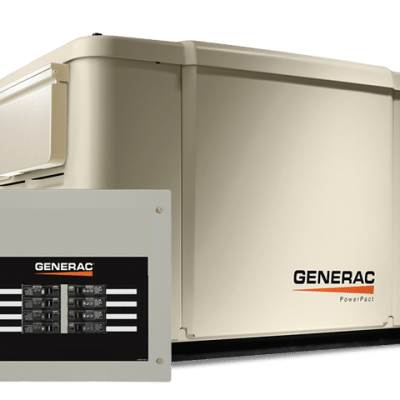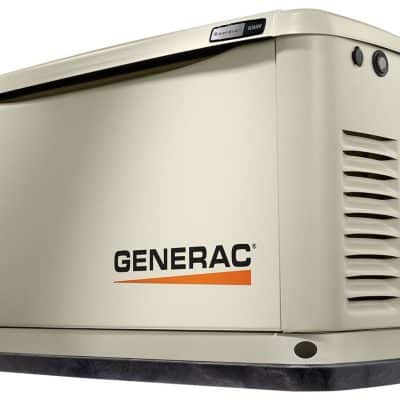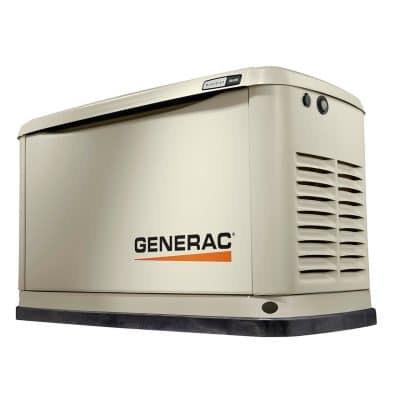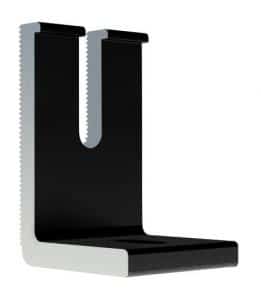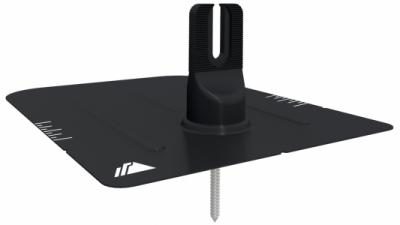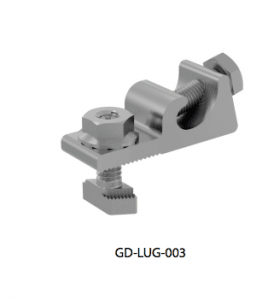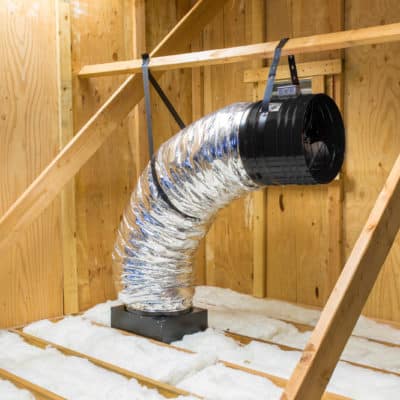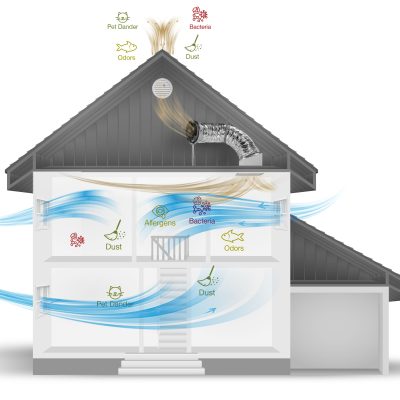Solar Products
Batteries & Accessories
Solar batteries and accessories, power charge controllers, microinverters, cables, fasteners, straps, mounts, clamps, and modules. We have deep-cycle, lead-acid batteries by East Penn, Outback, and Trojan. Power charge controllers by Outback, MidNite, and ProStar, including the classic 150 and 200 series. Pre-wired power systems, battery racks, and load centers manufactured by Outback and Magnum. Microinverter and sine wave inverter/chargers by Magnum. Surge protection devices for your solar system.
Generators
Solar Panels and Racking
60, 120, and 126 half cell solar panels by Silfab. Solar cables, kits, clamps, and straps by IronRidge for mounting and assembling residential and commercial solar systems.
QC Whole House Fans
Solar 101
How does solar energy work?
Typically, when you see a solar panel on a roof, it is a photovoltaic (PV) panel and covered with a tempered glass enclosure to protect it from the elements. Assemblies of solar cells are used to make solar panels, solar modules, or photovoltaic arrays.
What is the basic equipment you need to become solar?
Read More
What are the different types of solar panels?
How to clean solar panels for optimum performance.
How to get the best efficiency out of your solar equipment.
When to update your battery pack for your existing solar system?
There are many elements that affect the length of a battery’s life. The manufacturer will always provide the expected life years along with the other battery specifications. Your battery could live anywhere from 5 to 15 years. Generally speaking, you will need to replace it at least once in your solar system’s 25-30 year life span.
Can you have solar panels on water?
Floating solar panels perform 5 to 15 percent better than the traditional roof panels. Water helps to regulate the heat absorbed by these panels daily. See how a reservoir located on the western part of Singapore today boasts of a 60 megawatt-peak solar photovoltaic that stays afloat to improve the climate control efforts, given the constraint of smaller lands to build such facilities on ground.
Should I get a battery for my on-grid solar system?
If you have a system that is producing above your needs, a battery gives you the ability to nearly-exclusively use energy produced by your solar system while also selling extra energy produced to the city, increasing your return on investment.
If your system is not producing enough, however, you can still benefit from the addition of a battery storage system. Using the utility time of use optimization will ensure all the electricity you need from the city or utility provider is bought during off peak hours.
What should I consider when sizing my new solar system?
There are many items you should consider when determining what power output is needed from your new solar system. On top of your energy consumption, you also need to calculate the potential power output for each solar panel. Explore your energy needs, determine your solar potential and evaluate the various financing options available in this article.
Will my solar system perform when there is change in the season?
While seasonal effects can be complicated, there are few fluctuations in efficiencies when it comes to solar systems in Arizona. You may need to adjust the tilt of your panels twice a year to account for the seasonal variations in the angle of the sun. Arizona is lucky to be located so far south. With a vast number of sunny, cloudless days and mild temperatures most of the year, it is a premium location for solar installations.
How much power can I store with premium batteries?
Lead acid batteries in solar systems have an efficiency rating of 80 to 85%. On the other hand, lithium ion batteries have an efficiency rating of 95%. Another bonus of high efficiency batteries is that they charge faster. When these are used with a microinverter, the performance is further boosted.
What is the upfront cost of ownership with a new solar system?
With new developments and improvements to solar cell technology the cost of installation has gone down. In only ten years, the cost of installation has fallen 65% from $8.50 per watt to less than $3 per watt. Generally speaking, dollar per watt is how you will see solar installers communicate the system price.
How to remove lichen from my solar panels?
Solar panels are highly fragile and brittle. Any unintended body weight on top of a panel could be very harmful, even causing the panel to crack or break. A professional cleaner is recommended as you can risk damaging them with an abrasive brush or toxic chemical.
Pur Solar & Electrical did a very professional job!
“Pur Solar & Electrical did a very professional job on the new system for our cabin. The system has exceeded our expectations – even on overcast days. We are happy to recommend their service.”

We at Pur Solar & Electrical of Northern Arizona strive to provide the most professional installation with the best product on the market.

